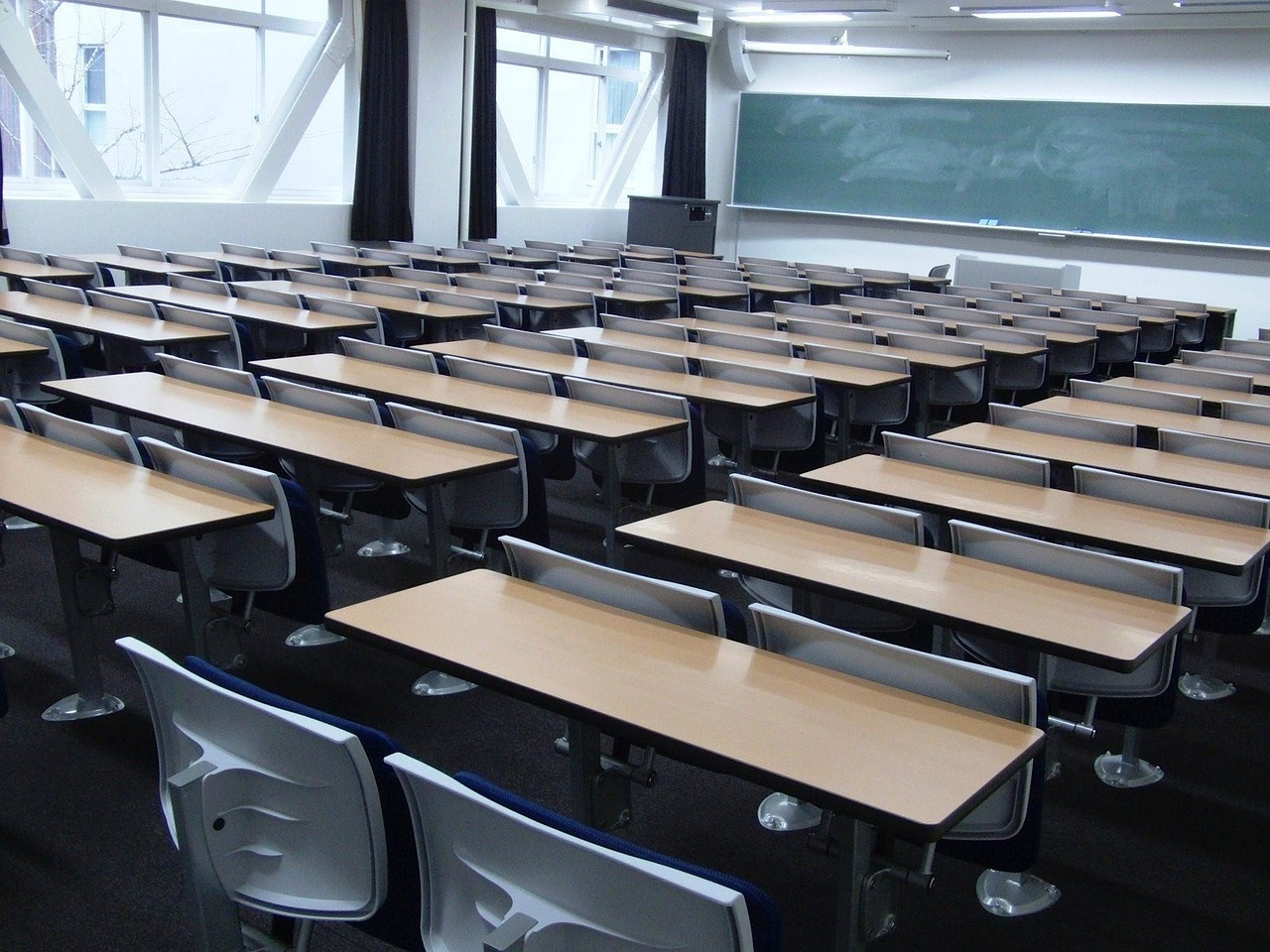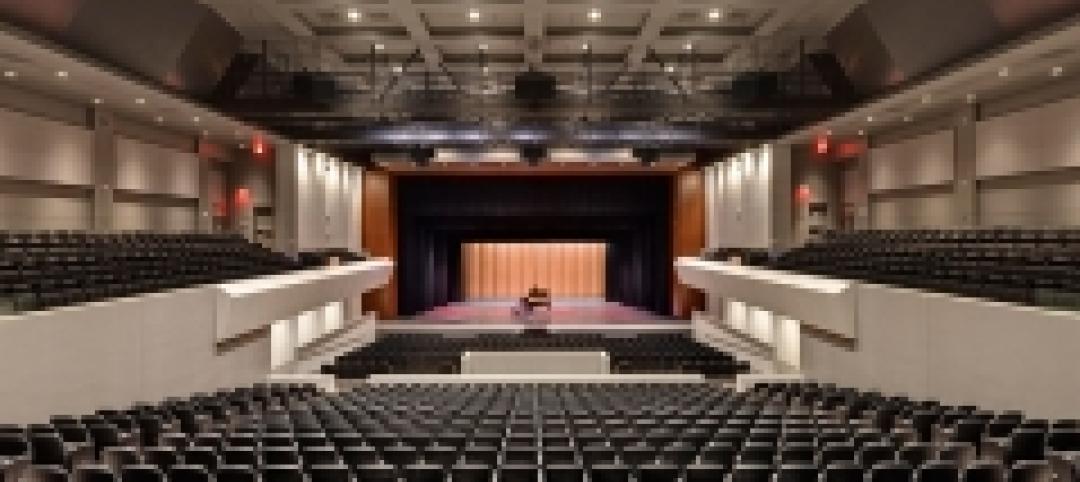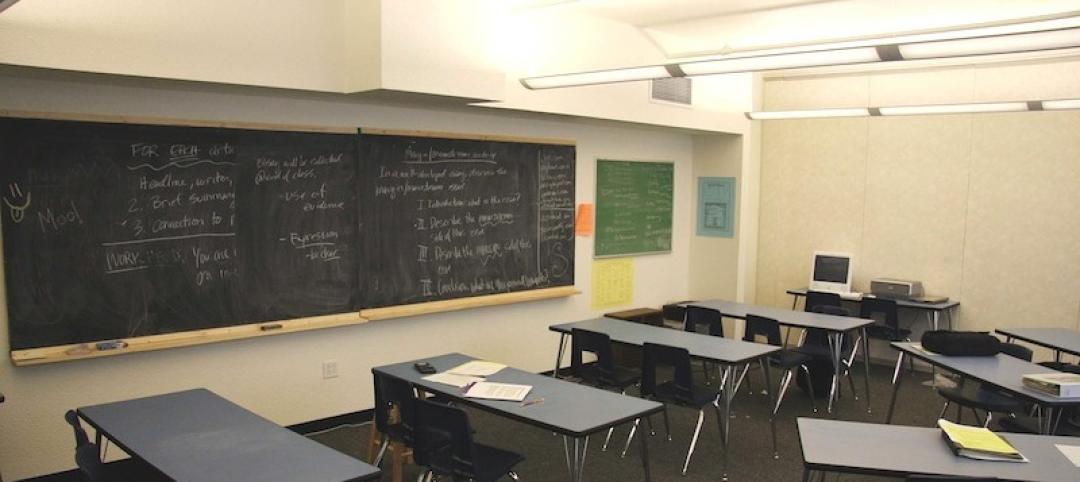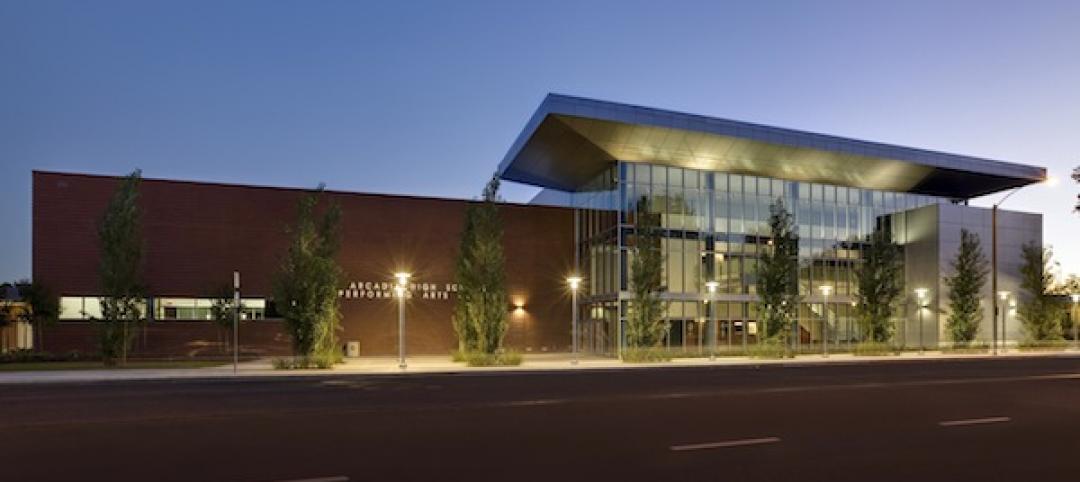The non-profit Collaborative for High Performance Schools (CHPS) recently launched an effort to develop industry-backed best practices for school modernization projects.
The Minor Renovations Program aims to fill a void of guiding criteria for school districts to use to ensure improvements meet a high-performance threshold. CHPS is assembling a coalition of interdisciplinary experts in design, performance, student health and wellness, technology, and products, along with school district leaders to:
- Develop best practices that underpin new design criteria
- Pilot improvements at schools to demonstrate their effectiveness
- Develop and demonstrate financing solutions that show how allocated funds can be more effectively used for better performance outcomes
- Create and grow a community of support for schools
Two of the country’s largest school districts, Los Angeles Unified and the Cypress-Fairbanks ISD (Harris County, Texas), will participate in the program at the outset, and more districts are expected to join in the future.
“It’s estimated that 53% of America’s public schools need to invest in repairs, renovations, and modernizations, yet upgrades are not getting done at the rate or scale needed to provide safe and productive learning environments for students,” according to a CHPS news release. “Although smaller renovation projects represent the majority of districts’ facility expenditures, a set of industry-aligned best practices does not exist to enable effective planning and implementation.”
Related Stories
| Apr 10, 2013
6 funding sources for charter school construction
Competition for grants, loans, and bond financing among charter schools is heating up, so make your clients aware of these potential sources.
| Apr 10, 2013
23 things you need to know about charter schools
Charter schools are growing like Topsy. But don’t jump on board unless you know what you’re getting into.
| Apr 2, 2013
6 lobby design tips
If you do hotels, schools, student unions, office buildings, performing arts centers, transportation facilities, or any structure with a lobby, here are six principles from healthcare lobby design that make for happier users—and more satisfied owners.
| Mar 21, 2013
Are charter schools killing private schools?
A recent post on Atlantic Cities highlights research by the U.S. Census Bureau's Stephanie Ewert that shows a correlation between the growth of charter schools and the decline in private school enrollment.
| Mar 14, 2013
25 cities with the most Energy Star certified buildings
Los Angeles, Washington, D.C., and Chicago top EPA's list of the U.S. cities with the greatest number of Energy Star certified buildings in 2012.
| Feb 6, 2013
Arcadia (Calif.) High School opens $20 million performing arts center
A 60-year old wish for the community of Arcadia has finally come true with the opening of Arcadia Unified School District’s new $20 million Performing Arts Center.















